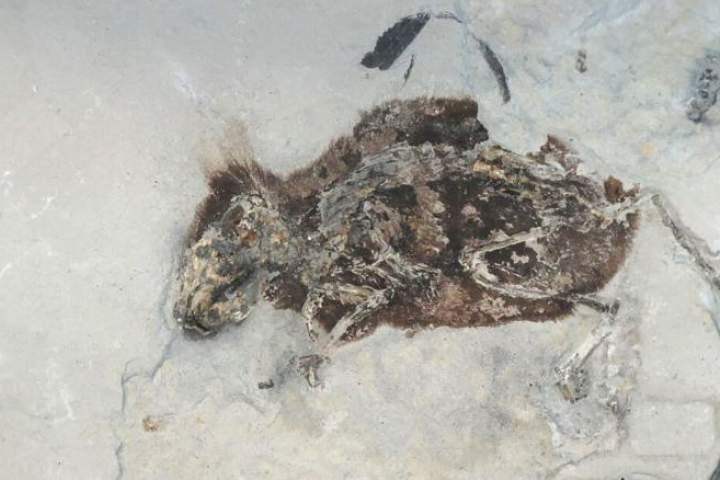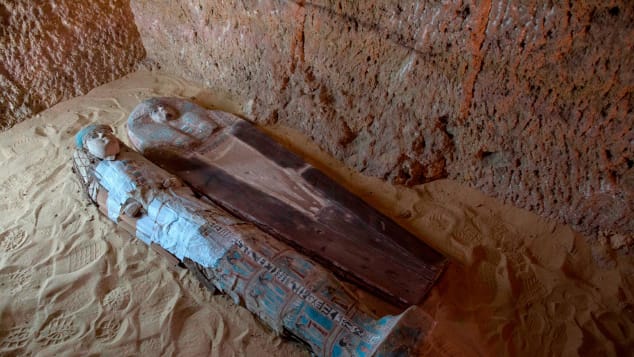A few million years ago, a little red mouse with a tiny white belly ran through the fields of what's now a German village named Willershausen. Researchers know that because they found an incredibly well-preserved fossil of the now-extinct mouse, which they dubbed "mighty mouse." And the technology they used to study it could change the way scientists study the fossil record.
Publish dateTuesday 21 May 2019 - 14:05
Story Code : 185470
It's the first time researchers have been able to detect the chemical signature of red pigment in an ancient fossil, according to a study published Tuesday in Nature Communications. Color is part of how animals have adapted to survive and has played a key part in evolution over millions of years.
The researchers didn't know what they would find when they studied the mouse fossil, but the surprise was worth their efforts.
"What we found is that the mouse is preserved in absolutely stunning detail, nearly all of the skeleton and most of the soft tissue of the body, head, feet, and tail can easily be recognized," Uwe Bergmann, study co-author and distinguished staff scientist at the SLAC National Accelerator Laboratory, wrote in an email. "The X-ray maps show that not only are structures preserved, but original biochemical information is resolvable. That was a wonderful surprise."
An illustration of the mouse as it appeared in life, left, and the analysis of the fossil, revealing pigmented color.
But determining color pigments in species that have long been extinct isn't easy, especially with certain colors.
Ten years ago, the team of researchers was able to isolate the chemical signature of black pigment, like the kind in crow feathers. And now, they have found red pigment, like the color of fox fur. Red pigment becomes less stable over time and is incredibly difficult to detect.
The researchers didn't know what they would find when they studied the mouse fossil, but the surprise was worth their efforts.
"What we found is that the mouse is preserved in absolutely stunning detail, nearly all of the skeleton and most of the soft tissue of the body, head, feet, and tail can easily be recognized," Uwe Bergmann, study co-author and distinguished staff scientist at the SLAC National Accelerator Laboratory, wrote in an email. "The X-ray maps show that not only are structures preserved, but original biochemical information is resolvable. That was a wonderful surprise."
An illustration of the mouse as it appeared in life, left, and the analysis of the fossil, revealing pigmented color.
But determining color pigments in species that have long been extinct isn't easy, especially with certain colors.
Ten years ago, the team of researchers was able to isolate the chemical signature of black pigment, like the kind in crow feathers. And now, they have found red pigment, like the color of fox fur. Red pigment becomes less stable over time and is incredibly difficult to detect.
"In mammals and other animals there are two types of melanin, the brownish black eumelanin and the reddish pheomelanin," Bergmann said. "The importance is not so much the fact that this mouse had this reddish pigment, but the fact that we could identify it in a three million year old fossil. This has implications that there is hope of identifying pigments in many other fossils."
Intense X-ray tools, like the SLAC's Stanford Synchrotron Radiation Lightsource and the Diamond Light Source in the UK, provided the brightest sources of light possible to study the fossil.
Source : Afghan Voice Agency(AVA)
avapress.com/vdcefn8z7jh8vei.1kbj.html
Tags
Top hits












